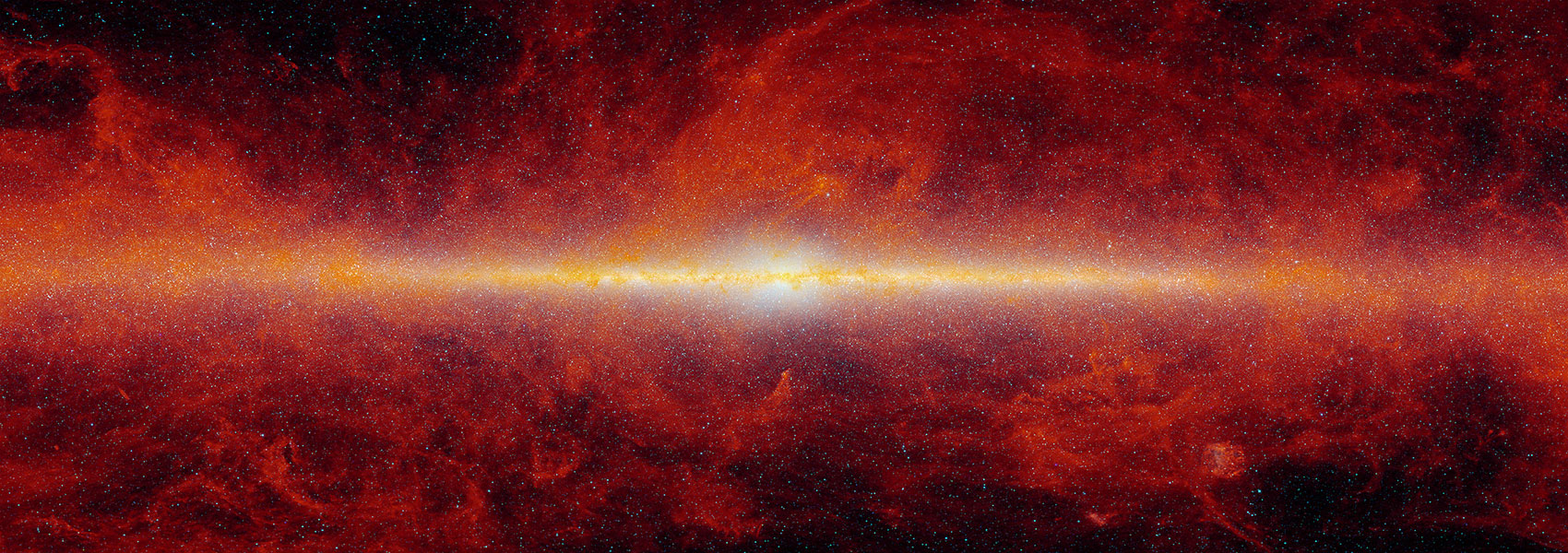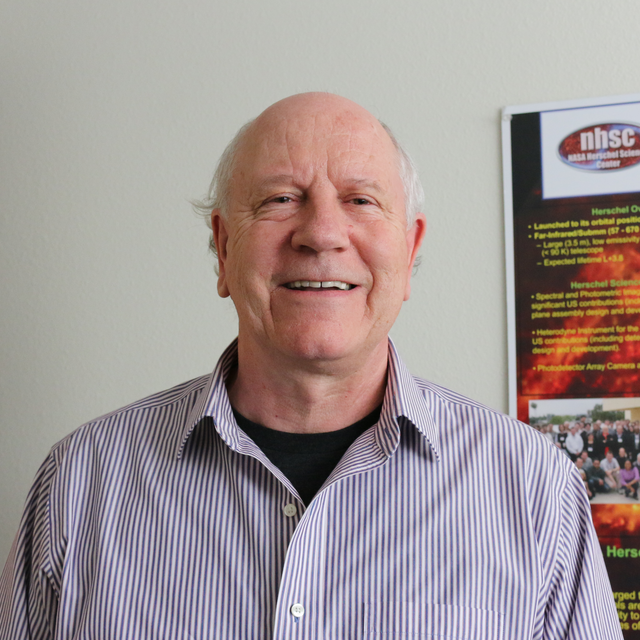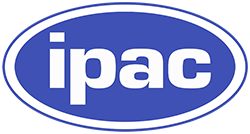
The Head-on Collision between Two Gas-rich Galaxies: Neutral Hydrogen Debris from the Centrally Smooth Ring Galaxy VII ZW 466
September 1996 • 1996ApJ...468..532A
Abstract • We present VLA observations of the distribution and kinematics of the HI gas in the classical ring galaxy VIIZw466 and its immediate surroundings. The HI gas corresponding to the bright optical star forming ring exhibits the typical profile of a rotating-expanding ring. The systemic velocity of the galaxy is found to be 14,468km/s. A formal fit to the HI kinematics in the ring is consistent with both ring rotation and expansion (expansion velocity 32 km/s). However, HI in the northeast quadrant of the ring is severely disturbed, showing evidence of tidal interaction. In addition, fingers of HI gas extend from the galaxy to the east in the general direction of the two major companions.We also detect a hydrogen plume from the southern edge-on companion galaxy (G2) pointing towards the ring galaxy. This, and other peculiarities associated with G2 suggest that it is the intruder galaxy which recently collided with VIIZw466 and formed the ring. Numerical hydrodynamic models are presented which show that most of the observed features can be accounted for as a result of the impact splash between two gas disks. The resultant debris is stretched by ring wave motion in the bridge and later forms accretion streams onto the two galaxies. Finally, we detect HI emission from two previously unknown dwarf galaxies located northeast and southeast of VIIZw466 respectively. This brings the total number of members of the VIIZw466 group to five. Using the projected mass method, the upper limit of the dynamical mass of the group was estimated to be Mo =3.5x1012 M_sun, which implies that the mass to light ratio of the group is (M/L)group \approx$ 70. This rather low value of M/L, as compared with other loose groups, suggests the group may be in a state of collapse at the present time. Plunging orbits would naturally lead to an enhanced probability of head-on collisions and ring galaxy formation.
Links
- SIMBAD https://simbad.u-strasbg.fr/simbad/sim-ref?querymethod=bib&simbo=on&submit=submit+bibcode&bibcode=1996ApJ...468..532A
- NED https://ned.ipac.caltech.edu/uri/NED::InRefcode/1996ApJ...468..532A
- PREPRINT http://arxiv.org/abs/astro-ph/9605063
- GIF http://articles.adsabs.harvard.edu/full/1996ApJ...468..532A
- ARTICLE http://articles.adsabs.harvard.edu/full/1996ApJ...468..532A?defaultprint=YES
- SPIRES http://inspirehep.net/search?p=find+eprint+astro-ph/9605063



